Sebastian Kaltwang
Personalized Federated Deep Learning for Pain Estimation From Face Images
Jan 12, 2021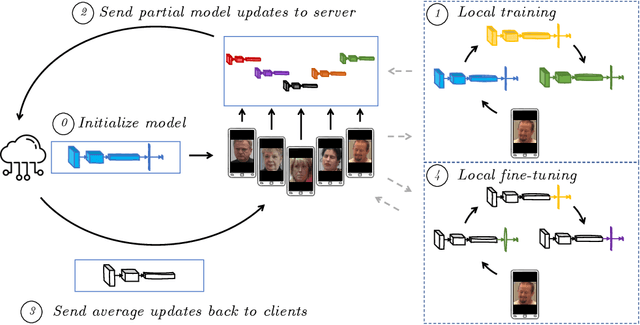
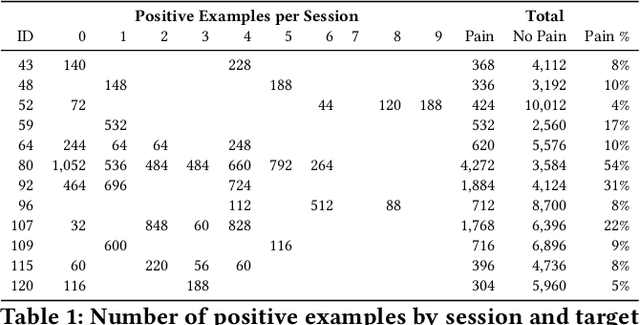
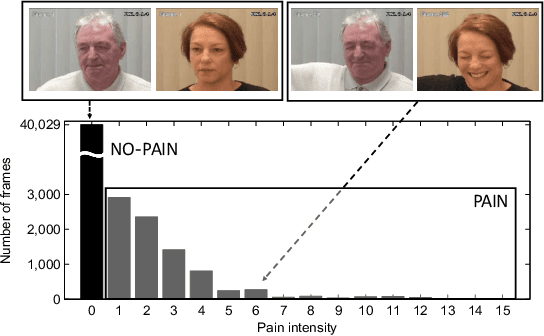

Abstract:Standard machine learning approaches require centralizing the users' data in one computer or a shared database, which raises data privacy and confidentiality concerns. Therefore, limiting central access is important, especially in healthcare settings, where data regulations are strict. A potential approach to tackling this is Federated Learning (FL), which enables multiple parties to collaboratively learn a shared prediction model by using parameters of locally trained models while keeping raw training data locally. In the context of AI-assisted pain-monitoring, we wish to enable confidentiality-preserving and unobtrusive pain estimation for long-term pain-monitoring and reduce the burden on the nursing staff who perform frequent routine check-ups. To this end, we propose a novel Personalized Federated Deep Learning (PFDL) approach for pain estimation from face images. PFDL performs collaborative training of a deep model, implemented using a lightweight CNN architecture, across different clients (i.e., subjects) without sharing their face images. Instead of sharing all parameters of the model, as in standard FL, PFDL retains the last layer locally (used to personalize the pain estimates). This (i) adds another layer of data confidentiality, making it difficult for an adversary to infer pain levels of the target subject, while (ii) personalizing the pain estimation to each subject through local parameter tuning. We show using a publicly available dataset of face videos of pain (UNBC-McMaster Shoulder Pain Database), that PFDL performs comparably or better than the standard centralized and FL algorithms, while further enhancing data privacy. This, has the potential to improve traditional pain monitoring by making it more secure, computationally efficient, and scalable to a large number of individuals (e.g., for in-home pain monitoring), providing timely and unobtrusive pain measurement.
Imagining the Unseen: Learning a Distribution over Incomplete Images with Dense Latent Trees
Aug 14, 2018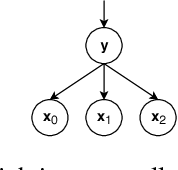

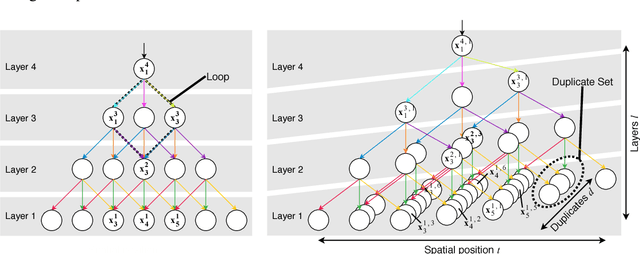
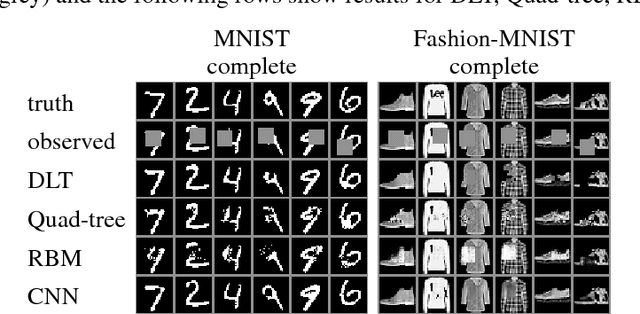
Abstract:Images are composed as a hierarchy of object parts. We use this insight to create a generative graphical model that defines a hierarchical distribution over image parts. Typically, this leads to intractable inference due to loops in the graph. We propose an alternative model structure, the Dense Latent Tree (DLT), which avoids loops and allows for efficient exact inference, while maintaining a dense connectivity between parts of the hierarchy. The usefulness of DLTs is shown for the example task of image completion on partially observed MNIST and Fashion-MNIST data. We verify having successfully learned a hierarchical model of images by visualising its latent states.
A Dataset for Lane Instance Segmentation in Urban Environments
Aug 02, 2018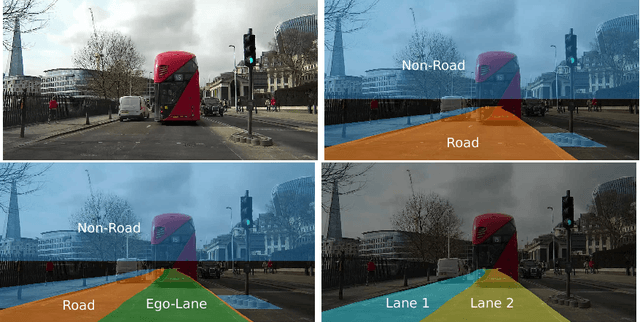
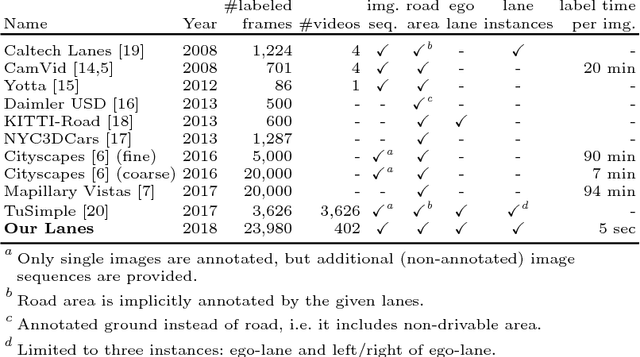

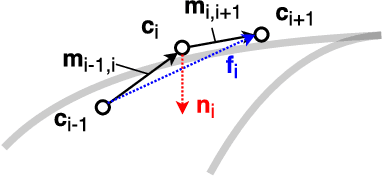
Abstract:Autonomous vehicles require knowledge of the surrounding road layout, which can be predicted by state-of-the-art CNNs. This work addresses the current lack of data for determining lane instances, which are needed for various driving manoeuvres. The main issue is the time-consuming manual labelling process, typically applied per image. We notice that driving the car is itself a form of annotation. Therefore, we propose a semi-automated method that allows for efficient labelling of image sequences by utilising an estimated road plane in 3D based on where the car has driven and projecting labels from this plane into all images of the sequence. The average labelling time per image is reduced to 5 seconds and only an inexpensive dash-cam is required for data capture. We are releasing a dataset of 24,000 images and additionally show experimental semantic segmentation and instance segmentation results.
 Add to Chrome
Add to Chrome Add to Firefox
Add to Firefox Add to Edge
Add to Edge